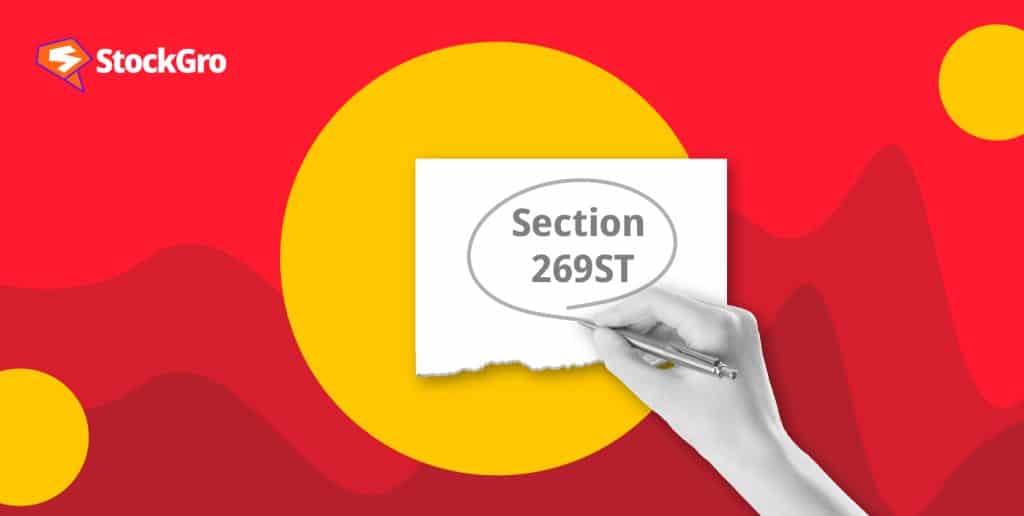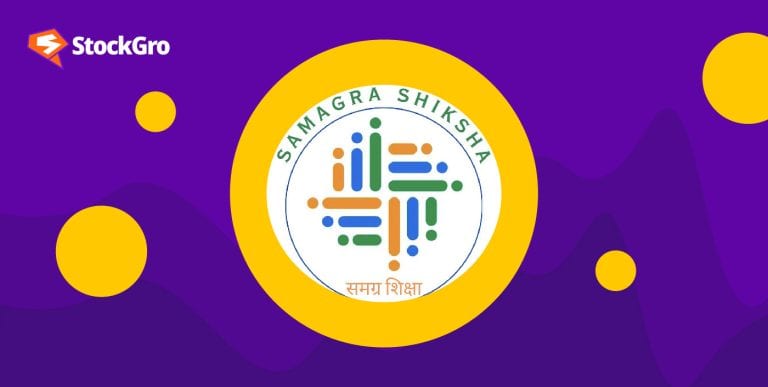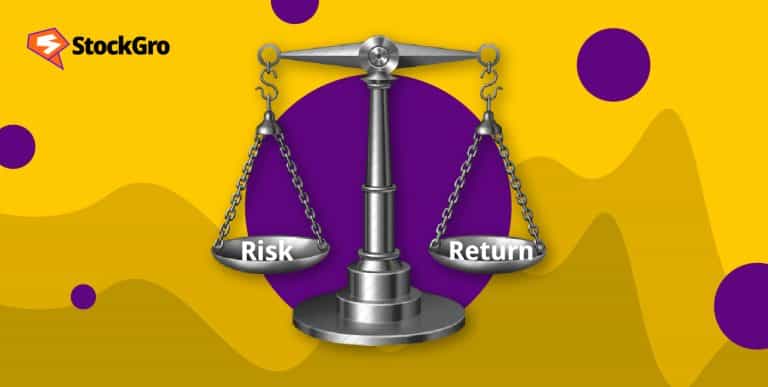
The government aims to reduce cash transactions and promote digital payment. Why? To nip tax frauds and black money. As part of this effort, the Income Tax Act (ITA) laid down stringent limits on cash receipts, withdrawals, and expenditures. Go overboard, and you could face hefty penalties.
Understanding these regulations, particularly u/s 269ST, is essential for both individuals and businesses. Read on to explore these rules and ensure you stay compliant.
Provisions of Section 269ST of Income Tax Act
The regulations state that no one is permitted to collect cash payments of more than ₹2 lakh. The purpose of implementing this limit is to guarantee financial transaction traceability and transparency.
This applicability of section 269ST of Income Tax Act limitation applies in three distinct scenarios:
- When the cash amount is received from a single person in a day,
- When it pertains to a single transaction,
- When it relates to transactions associated with one event or occasion.
In the case when the dealing is exceeding the threshold, then consider digital payments. According to the section, the transaction can be done through an account payee bank draft, account payee cheque, electronic clearing system or other approved electronic methods. These methods help keep track and ensure security.
In a recent notification in July 2017, the tax authority has clarified that the transaction limit applies to each loan instalment separately for NBFCs, i.e., Non-Banking Financial Companies and Housing Finance Companies (HFCs).
By that, if an instalment is less than the limit, it can very well be paid in physical money. The total of all instalments is not considered. For example, monthly instalments of ₹1.8 lakh can be paid in cash, but a single instalment of ₹2 lakh or more cannot.
Exceptions and exemptions
According to Section 269ST of the Income Tax Act, here are the list of exceptions:
- Government transactions: The cash dealing made to the central or state governments are exempt.
- Banking entities: There are no restrictions on transactions with banks, cooperative banks, or post office savings banks.
- Government-linked corporations: Corporations set up by central, state, or provincial acts are exempt.
- Government companies: Transactions with government companies, as defined u/s 617 of the Companies Act are excluded.
- Section 269SS transactions: Transactions involving loans or deposits covered u/s 269SS are not subject to Section 269ST. Section 269SS is about accepting loans or deposits of ₹20k or more in cash.
- Notified persons or receipts: The central government can notify other persons or receipts that are exempt from this section.
Also read: Maximise your nest egg with section 80TTB tax tricks
Penalties for violation
Section 271DA outlines the penalty. Accordingly, if a person receives cash exceeding the cap, they must pay a penalty. It is the same amount you received. Like if you’re accepting ₹3 lakh in cash, then ₹3 lakh penalty is levied.
The assessing officer enforces this penalty, which is 100% of the accepted. If the violator can demonstrate that there were valid and adequate justifications for the infraction, no consequences will be applied. This allows for leniency in genuine cases. Usually, the Joint Commissioner of Income Tax deals with this penalty.
Also read: 5 tips to prevent PAN card fraud
Section 269ST of Income Tax Act with example
The provision strives to regulate large cash transactions. Let’s break it down with a few scenarios.
Example 1: Say Priya sells products worth ₹4.5 lakh. Now, She splits it into three invoices of ₹1.5 lakh each. If she takes the full amount in physical currency on the same day, she breaches 269ST. Why? Because the total exceeds the ₹2 lakh limit from a single person in one day.
Example 2: Ramesh is an event planner. He organises a wedding. He gets ₹1 lakh for catering, ₹1.5 lakh for decor purposes, and ₹1.5 lakh for photography. Here, even if payments come on different days, they all relate to one event.This totals ₹4 lakh in cash, violating the section according to the last scenario of the restriction.
Example 3: Let’s assume an apparel store sells items worth ₹3 lakh to one customer under a single invoice. The customer pays ₹2.5 lakh in cash one day and ₹50,000 the next. The first cash payment itself breaches the rule, as it exceeds ₹2 lakh in a single transaction.
You may also like: Actions for a Section 143(1) Intimation Letter
Difference between Section 269ST and 269SS
As noted earlier, 269ST restricts cash transactions. Section 269SS, on the other hand, deals specifically with the acceptance of loans, deposits, or specified sums. It prohibits accepting ₹20,000 or more in cash for these purposes. The section ensures that such transactions are made through specified modes of payment like bank transfers or cheques. Both on not adhering attract a penalty.
Bottomline
Understanding Section 269ST of the Income Tax Act 2017 is important. This section limits cash transactions over ₹2 lakh. It helps make financial dealings transparent. It also reduces tax fraud.
Following these rules is key to avoiding penalties. Always use bank transfers or cheques for large sums. This way, you stay safe and compliant. Be informed and careful with your transactions.
FAQs
- What is section 269ST in income tax?
The law limits cash transactions to promote transparency. You can’t receive ₹2 lakh or more in cash in a day from one person. It also applies to a single transaction or related transactions for one event. The goal is to curb black money. Using digital payments, cheques, or bank drafts is a must for large sums. If you break this rule, the penalty is equal to the cash received.
- What are the exemptions for 269ST?
Some transactions are exempt from Section 269ST. Payments to central or state governments are okay. Banks and post office savings banks are also exempt. Corporations set up by government acts don’t need to follow this rule. Government companies are excluded too. Transactions under Section 269SS, like loans over ₹20,000, aren’t covered by 269ST. The central government can also specify other exemptions.
- What is the difference between section 269SS and 269ST?
The first deals with loans and deposits. It prohibits accepting ₹20,000 or more in cash for these purposes. Section 269ST, however, restricts any cash transactions over ₹2 lakh. It covers single transactions, daily totals, or event-related transactions. While 269SS targets loans and deposits, 269ST focuses on general large cash payments. Both aim to curb black money.
- What is the penalty for violation of section 269ST?
If you break the rule, you face a big penalty. The fine is equal to the cash amount received. For example, if you get ₹3 lakh in cash, the penalty is ₹3 lakh. The Joint Commissioner of Income Tax handles this. No penalty if you have a good reason and can prove it. So, always follow the rule to avoid trouble.
- Can I withdraw 2 lakh cash from a bank?
Yes, you can withdraw ₹2 lakh cash from a bank. Section 269ST does not apply to withdrawals. It only limits receiving cash payments from others. So, taking out money from your account is fine. Just be mindful of other rules. Banks might ask why you’re withdrawing a large amount. But there’s no penalty under Section 269ST for taking out your own money.

